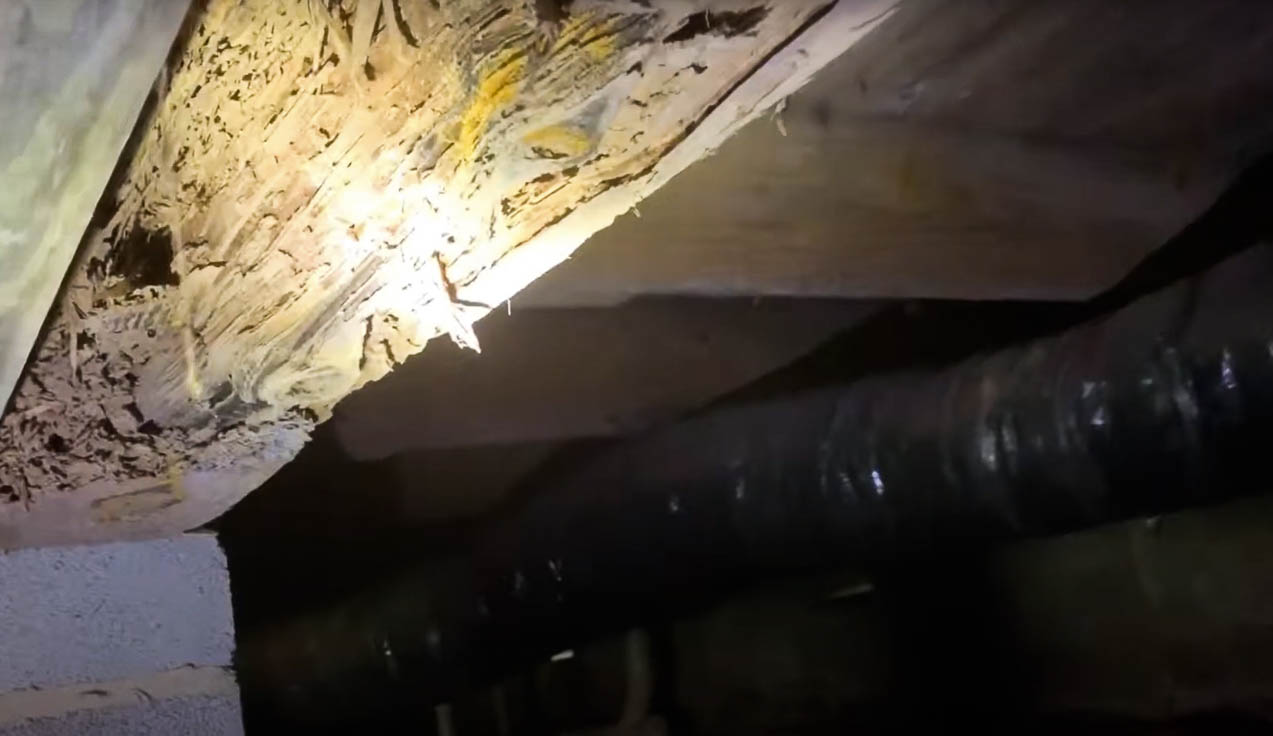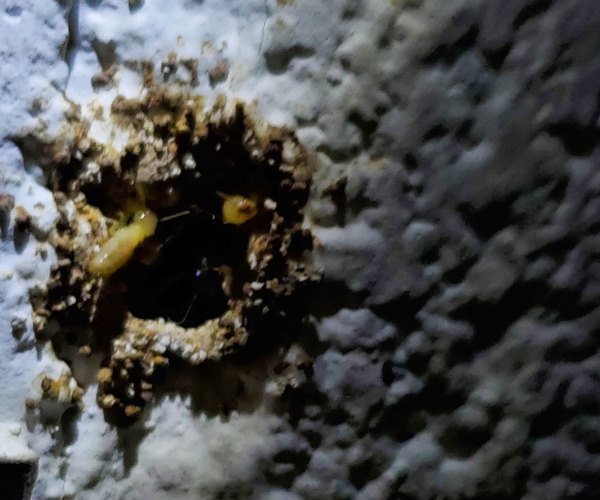How can termites find wood?
For every animal, food is the basic of life and without it, surviving becomes a daunting task. The same applies to termites, a social insect whose primary source of food is wood. Termites consume wood daily to extract the cellulose in it. In the process of trying to do this, they often have to take shelter in the wood, build nests in or around it to lay their eggs, and then dissolve the wood using complex digestive enzymes and bacteria.
The digestive process of termites is quite amusing. These social insects don’t just carry out this digestive process all by itself. Termites harbor wood degrading bacteria in their gut. The bacteria help dissolves the wood and in return, the bacteria gets protection and nourishment. With this process, they are able to eat almost every kind of wooden material including flooring, cardboard, wallpaper, and many more.
Termites are voracious insects, yet they don’t have eyes, neither can they hear or taste. In order to find wood and feed on cellulose, termites make use of other natural features and rely on teamwork and other senses to find wood. The following are some of the ways termites find wood:

Foraging Together
One of the advantages that termites have is their ability to work as a team and do all they can to achieve their aim. The worker termites are usually the ones in charge of finding food for the colony. To do this, the worker termites set out in different directions in a starburst shape from their colony. This way, they will be able to cover more ground without any termite wandering away from the colony. Also, covering more areas increases their chances of finding more wood that suits their taste.
Searching for Cracks
When worker termites set out, their main goal is to locate a food source. To do this, they usually move around places with the highest possibility of having quality wood. They do this by searching for cracks leading to homes where wood is abundant. Also, they walk around tree roots, pipes, building foundations, and cracks that lead to under floors.
Sensing Rot and Moisture
Termites are insects that are highly dependent on moisture to survive and thrive well. As a result of this, they tend to always move towards places that are damp with high humidity. Also, the smell of decaying wood or the smells as a result of fungal activities coming from damp areas has a way of attracting termites. Although, this rotting smell only helps termites find wood if they are close to the source.
Chemical Clues
When it comes to finding wood, one of the most effective things that a termite does is using pheromones to share the location of a food source with other termites in the colony. Once a worker finds suitable wood, it creates chemical trails that only its colony can track. Other termites follow this trail to this found source to get all they need.

In situations where the colony finds a wood that will be sufficient for the long-term, the worker termites usually build tubes along the path of the food source. The purpose of these mud tubes is to prevent them from desiccation while moving from one place to another.
In conclusion, all these should give you a clear picture of how termites find wood and how they get to survive despite not having eyes or any sense organs.
